
Destination Guide Finest Lower Grade Routes in Pembroke
Pembroke epitomises all that our eclectic world of climbing can offer: freedom, space, and a feeling that you're poised on the very edge of nowhere. Many of Pembroke's jewels are in the upper grades, but there is plenty on offer for those who w...


































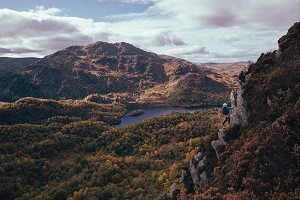
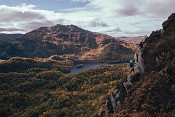
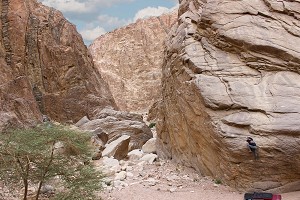
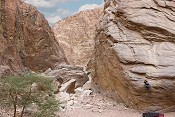


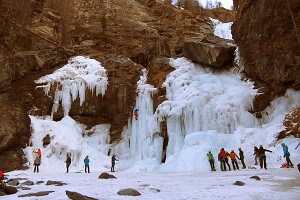





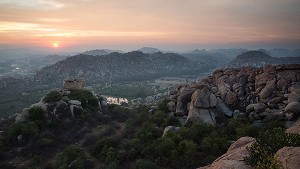

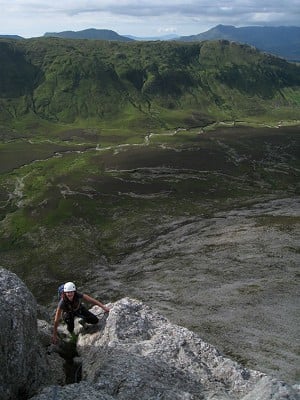
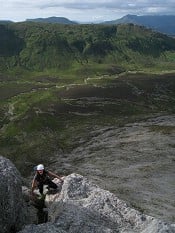
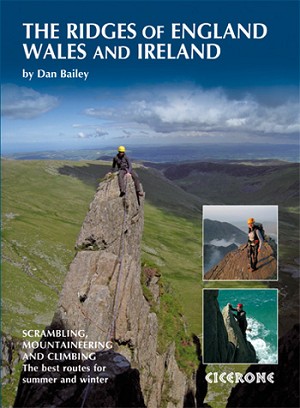
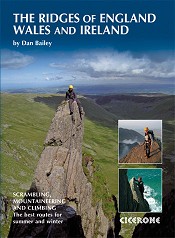


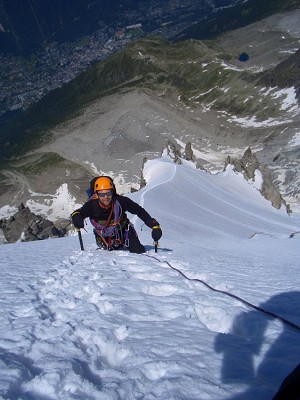
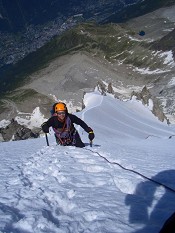
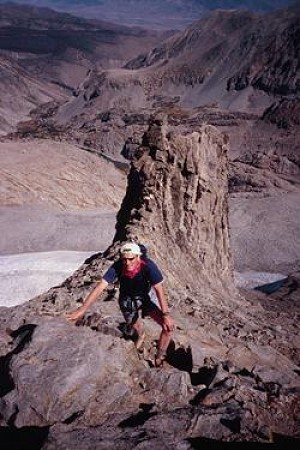
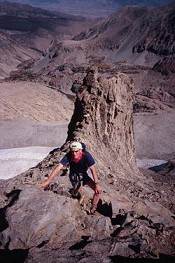
Comments
Just to add, Luminy University is easily accessed by bus so is an option for the car free traveller, and it's an easy train down, you can get the Eurostar to Lille then a direct Lille Marseille train.
Also, if staying in Marseille, don't miss out on a trip to the Chateau d'If to see where the Count of Monte Cristo was held.
(We had a fab summer holiday to Marseille, exploring the Calanques and Marseille itself. No climbing this time but keen to go back!)
Have fond memories of my visit with Kevin Stephens of this parish, back in the day. At the time the only guide available was in french, and our grasp of technical french climbing terms was not as good as it needed to be. We spotted what we thought was a multipitch sport climb, which required a long complex approach with a couple of abseils. 50 foot up the first pitch, no gear and no sign of any bolts, the meaning of the term "coinceurs obligatoire" began to slowly dawn on me. Getting back out was "interesting".
I climbed there back in the 70's. It's a fantastic place but what I remember most about it were all the nudists on the beach and the numerous car break-ins.
Came to say exactly this. I have become an insufferable advocate of the St Pancras -> Marseille option since we went on a family holiday last year. Sub 7 hours from central London and no hassle with budget airline baggage limits when packing your climbing gear.
I can't think you'd need a car to climb. The city's mass-transit is very good and a week's unlimited travel on buses, trams, trains, the underground, and ferries cost us £13 last year. Loads of great-looking crags accessible within an easy and pleasant walk from Luminy University.
I remember it well Paul, especially our Houdiniesque escape. Remember this shot of one of the more normal climbs?